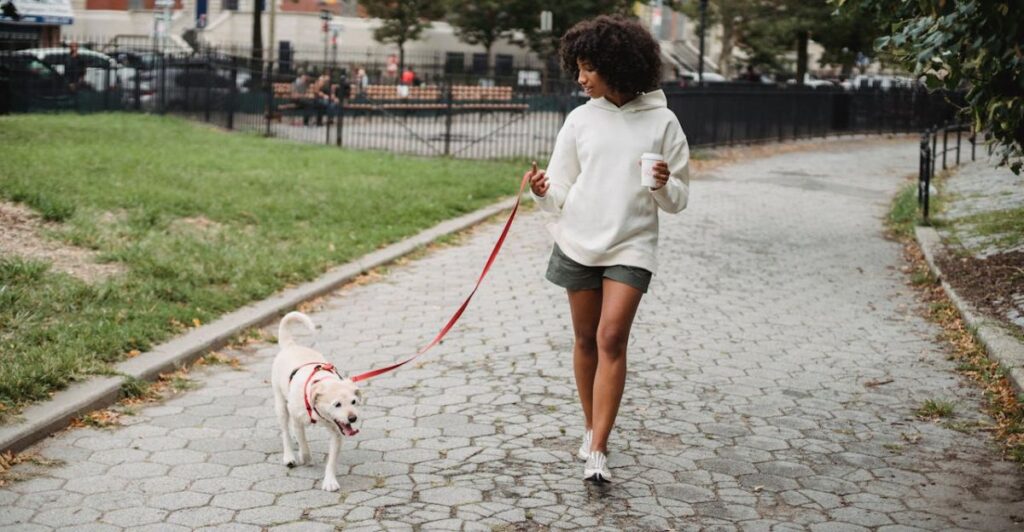
Walking your dog sounds simple, right? Just grab a leash and head out. However, the reality can be anything but peaceful because dogs, with their boundless curiosity, often find ways to keep us on our toes. So, here are 12 challenges and their solutions that can transform walks into a rewarding experience for you and your dog.
1. Pulling on the Leash
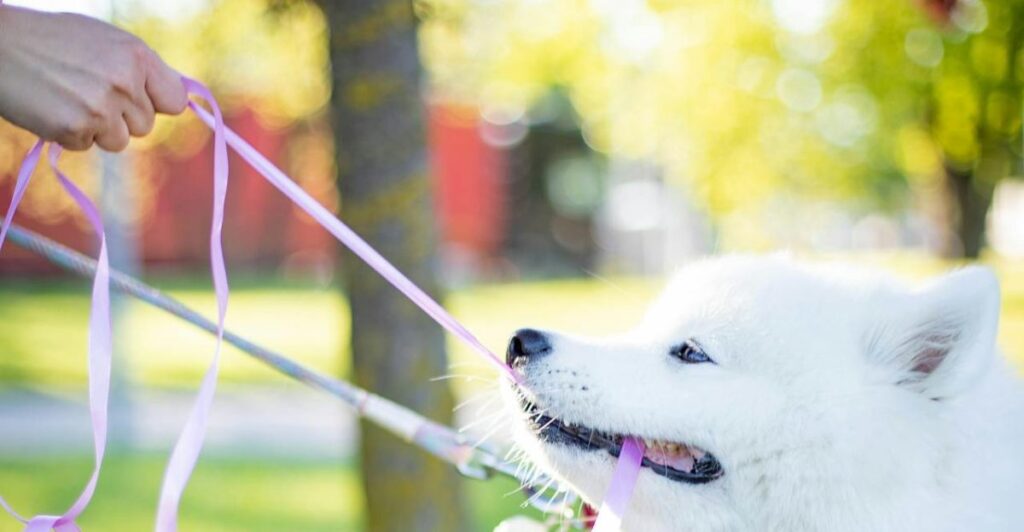
A dog that pulls can turn a relaxing walk into a tug-of-war. This usually happens because they’re eager to explore or haven’t been taught proper leash manners. Using a front-clip harness gives you better control and helps discourage pulling. Training commands like “heel” can also create a structured, enjoyable walk.
2. Overexcitement Before the Walk
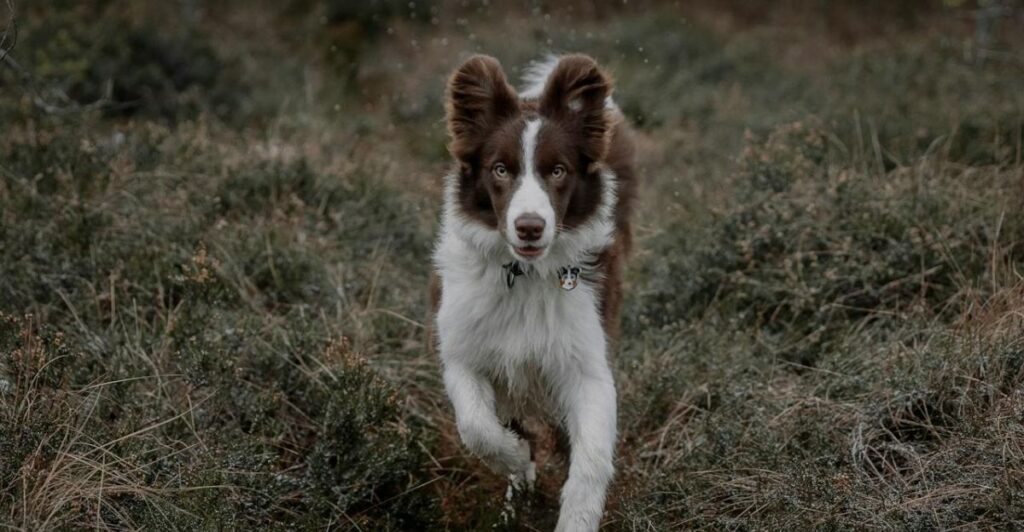
The sight of a leash can send your dog into a frenzy of jumping. While their excitement is understandable, it can make getting out the door chaotic. A simple rule—having your dog sit calmly before the leash goes on—helps set a controlled tone for the walk. Over time, this routine will set a smoother start for your walks.
3. Excessive Sniffing and Marking

Dogs use sniffing to explore the world, but constant stops can disrupt your pace. To fix this problem, you can allow designated sniffing zones or breaks during the walk to strike a balance between their curiosity and your schedule. By keeping these moments structured, your dog easily gets the stimulation they crave.
4. Aggression Towards Other Dogs

When your dog starts barking at another pup, things can get tense, right? That reaction usually comes from fear, anxiety, or wanting to protect you. The trick? Keep their focus on you with a tasty treat or a favorite toy when another dog walks by. It’s like hitting the pause button on their overreaction instantly.
5. Fear of Noises or Traffic

Loud noises can leave any dog feeling frightened or ready to run. For anxious pups, choosing quieter routes can provide a sense of safety and comfort. If your dog panics offer gentle reassurance to help calm their nerves. With a little patience and care, even walks can become something they enjoy and look forward to.
6. Refusal to Walk or Sudden Stopping
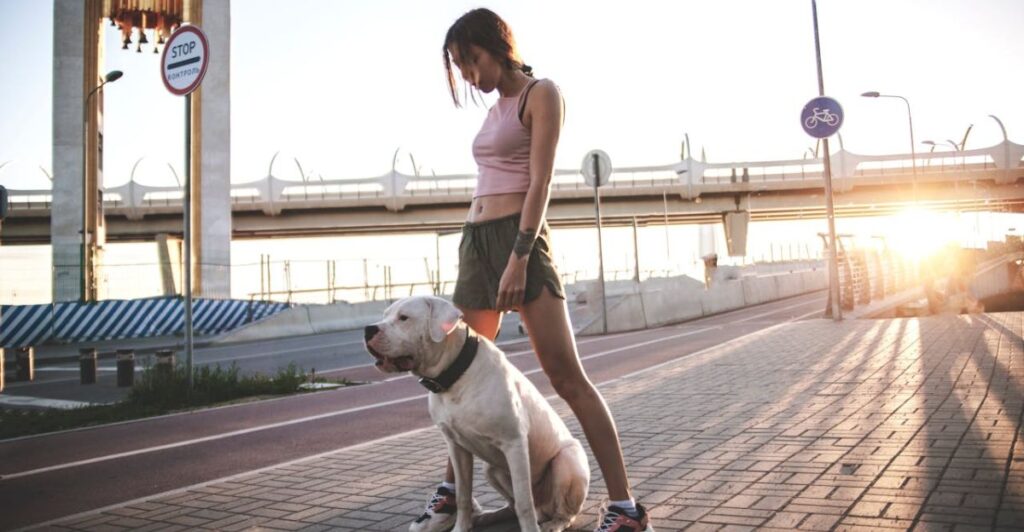
When your dog suddenly plants their paws and refuses to move, it can be confusing and frustrating. In such a scenario, always check for signs of pain, heat, or injury. Finally, if you find that they’re physically fine, use encouragement like a happy tone or favorite toy to coax them forward.
7. Chasing After Moving Objects
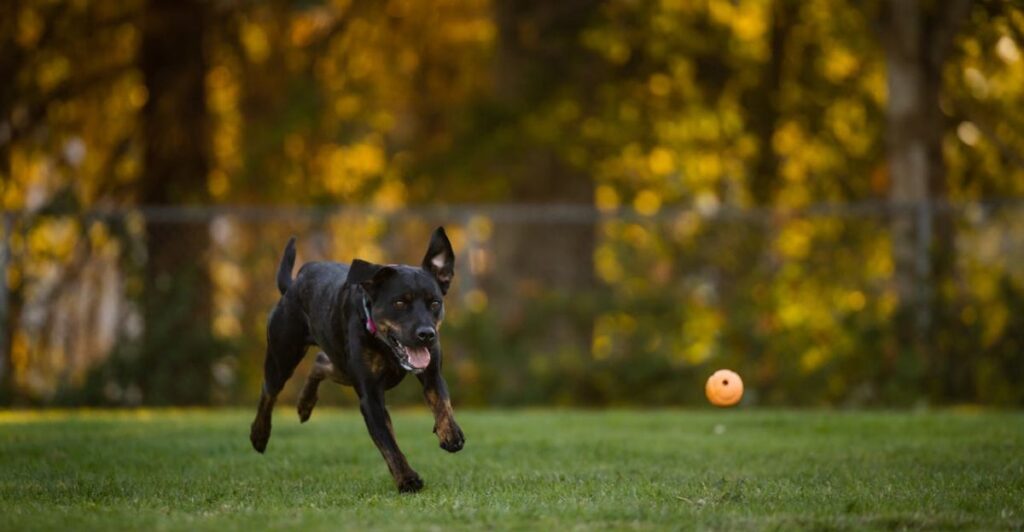
Dogs with high prey drives tend to get distracted fast, especially around tempting sights like squirrels or birds. A short leash and a solid “leave it” command keep their focus where it belongs—on you. Hence, start training in calm areas to build their self-control, then work up to busier spots.
8. Leash Chewing
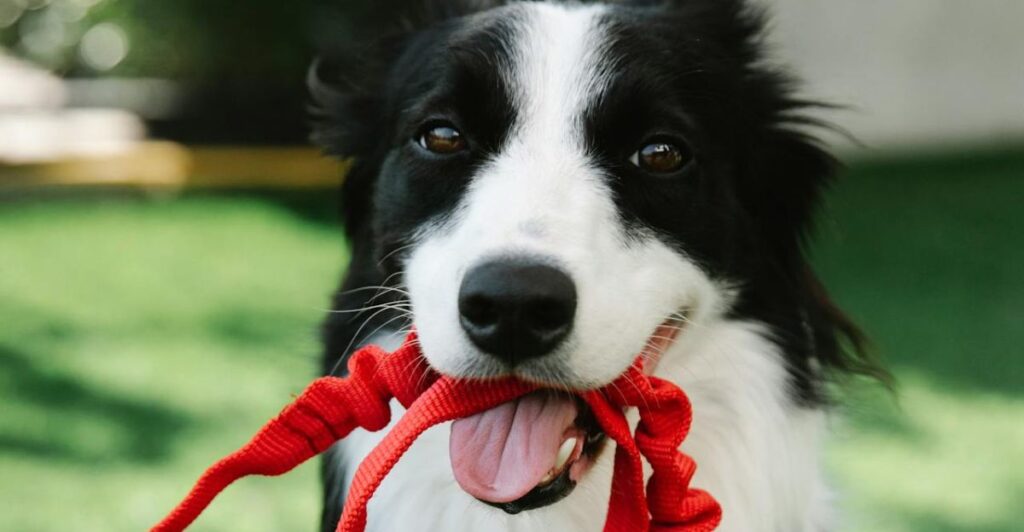
Chewing the leash can be a frustrating habit, often seen in puppies or bored dogs. Teething puppies chew for relief, while older dogs may do it to relieve frustration or burn excess energy. Bring along a chew toy to redirect this behavior. If the leash becomes damaged, replace it promptly to avoid accidents.
9. Jumping on People
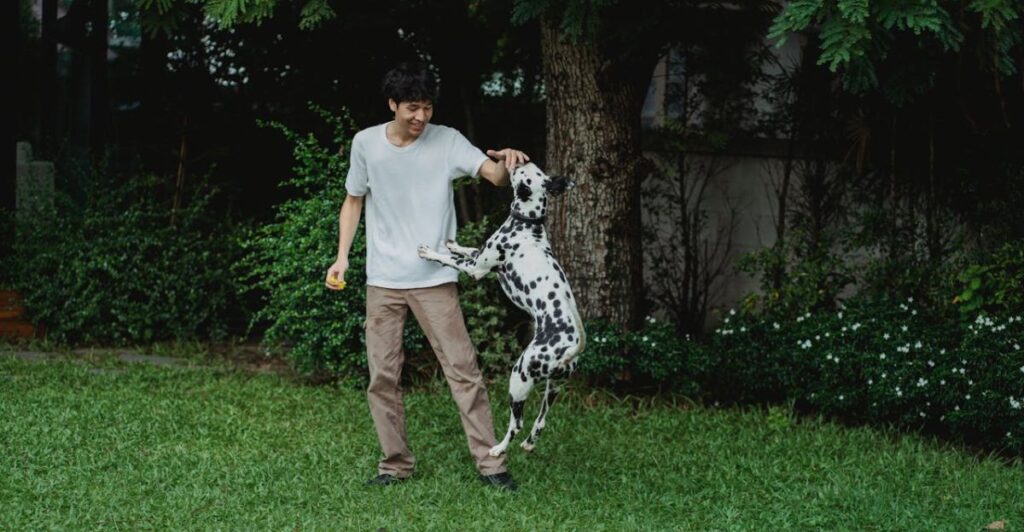
Dogs that jump up to greet strangers mean no harm, but it can be startling or even dangerous. This behavior stems from a desire for attention. As a simple solution, you can teach your dog to sit when meeting people. A dog that greets politely not only avoids accidents but also makes outings more pleasant.
10. Overreacting to Other Animals
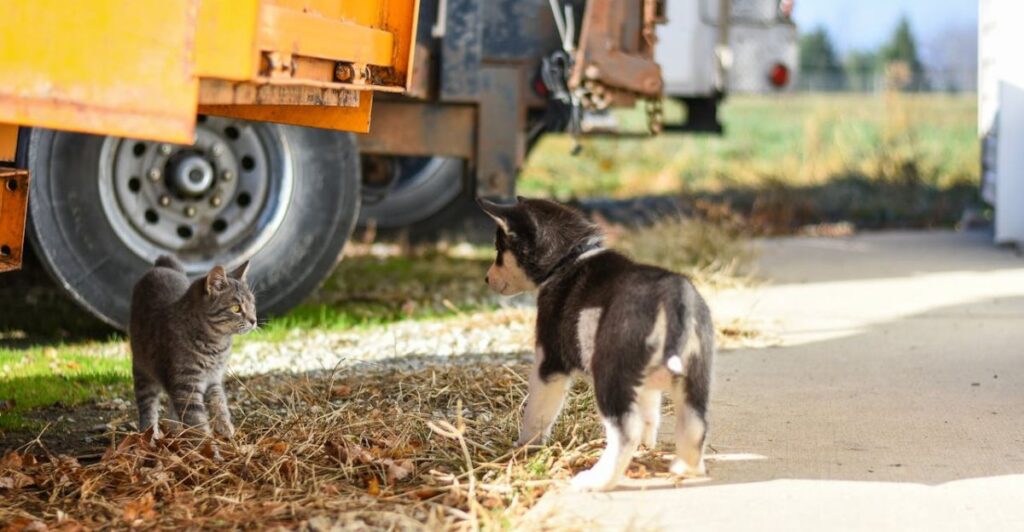
A bird fluttering by or a cat sneaking past might send your dog into overdrive. In these scenarios, hold the leash steady and use a “watch me” command to break their focus. Consistent exposure to these distractions, paired with calm redirection, stops your dog from chasing every little critter that crosses their path.
11. Difficulty Navigating Stairs
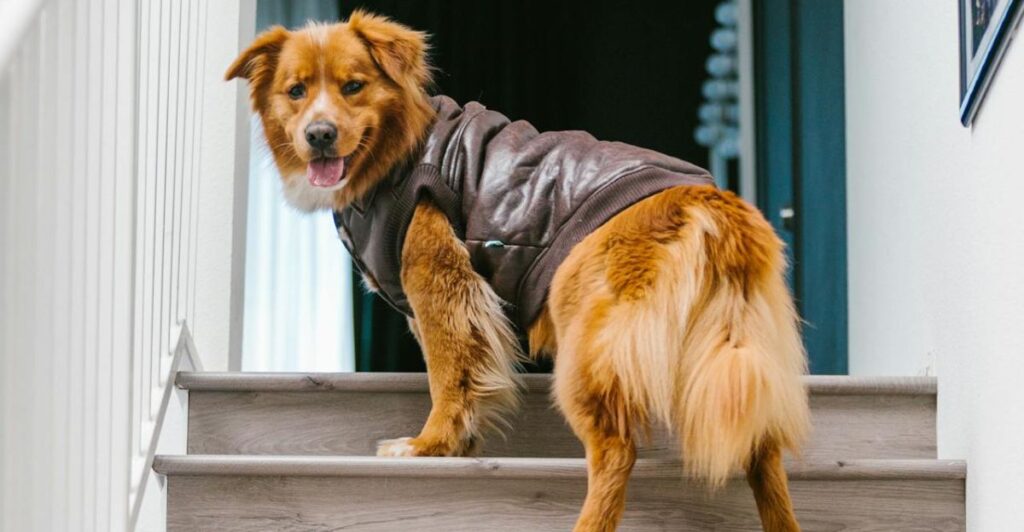
Stairs and elevators feel like a big deal for some dogs, especially if they’ve never used them before. Large breeds might find stairs tough on their joints, while others just get jittery in elevators. A little guidance and plenty of encouragement help them feel more at ease. Plus, stay calm and patient to build their confidence.
12. Owner Distraction Leading to Safety Issues

Using your phone or multitasking during a walk can put both you and your dog at risk. Dogs depend on you for guidance and protection, so staying focused is essential. By tuning into their signals—whether it’s discomfort or curiosity—you not only keep them safe but also build a stronger, more trusting connection.
Stay connected with us for more stories like this! Follow us to get the latest updates or hit the Follow button at the top of this article, and let us know what you think by leaving your feedback below. We’d love to hear from you!







